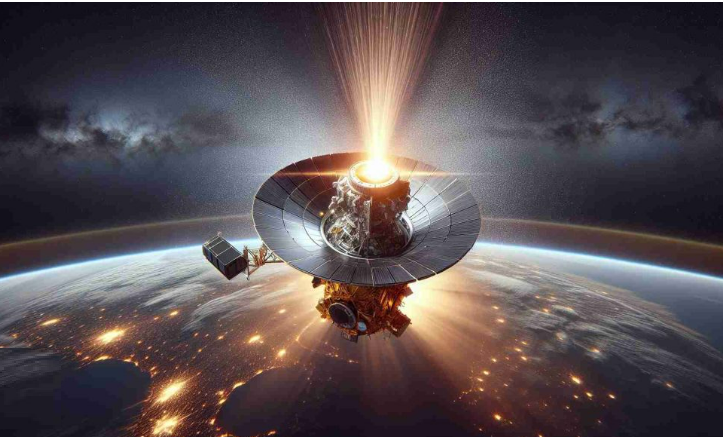
MAHE Achieves Significant Milestone as SUIT Captures Initial Light on Aditya-L1 Satellite.
In a noteworthy accomplishment for Indian space exploration, Manipal Academy of Higher Education (MAHE) recently celebrated a pivotal milestone—the successful capture of the first beam of light by the Solar Ultraviolet Imaging Telescope (SUIT) aboard the Aditya-L1 satellite. This momentous event signifies the initiation of a series of scientific investigations dedicated to unraveling the mysteries of the sun’s atmosphere.
Designed as an integral instrument for the Aditya-L1 mission, SUIT is poised to offer valuable insights into the dynamics and composition of the solar corona. This breakthrough stands as a testament to the collaborative efforts of a dedicated team of scientists, representing a significant stride in India’s pursuit of advancements in space research.
MAHE’s involvement in the Aditya-L1 satellite project underscores the institution’s commitment to advancing scientific knowledge. With the successful capture of the first light image, researchers are now equipped to delve deeper into the complexities of solar activity and its potential impacts on space weather.
This achievement not only represents a triumph for the Indian scientific community but also lays the foundation for future discoveries that may reshape our understanding of the sun’s influence on Earth’s environment.
FAQs About MAHE’s Achievement with the Solar Ultraviolet Imaging Telescope (SUIT) aboard Aditya-L1 Satellite:
1. What has MAHE achieved with the Aditya-L1 satellite?
MAHE has celebrated the capture of the first ray of light by the Solar Ultraviolet Imaging Telescope (SUIT) aboard the Aditya-L1 satellite, marking a significant milestone in the study of the sun’s atmosphere.
2. Why is the SUIT important?
The SUIT is designed to provide insights into the dynamics and composition of the solar corona, which is the outer atmosphere of the sun. This can help with understanding more about solar activity and potential impacts on space weather.
3. What will the researchers do with the data from SUIT?
Researchers aim to use the data to delve deeper into the mysteries of solar activity and its potential effects on space weather, which can influence the Earth’s environment.
4. How does this accomplishment impact the scientific community?
This event signifies a triumph for the Indian scientific community and fosters the potential for future discoveries regarding the sun’s influence on Earth.
5. What does the capture of the first light image indicate?
The capture of the first light image by the SUIT indicates that the telescope is operational and can begin its scientific explorations to study the sun.
Definitions:
– MAHE (Manipal Academy of Higher Education): An educational institution in India that engages in advanced research and academic programs.
– Solar Ultraviolet Imaging Telescope (SUIT): An instrument on the Aditya-L1 satellite designed to study the solar corona by capturing images in the ultraviolet spectrum.
– Solar corona: The outermost part of the sun’s atmosphere, characterized by high temperatures and visible during a solar eclipse.
– Space weather: The environmental conditions in space as influenced by the sun and the solar wind, which can affect satellite operations, astronaut safety, and Earth’s communication systems.